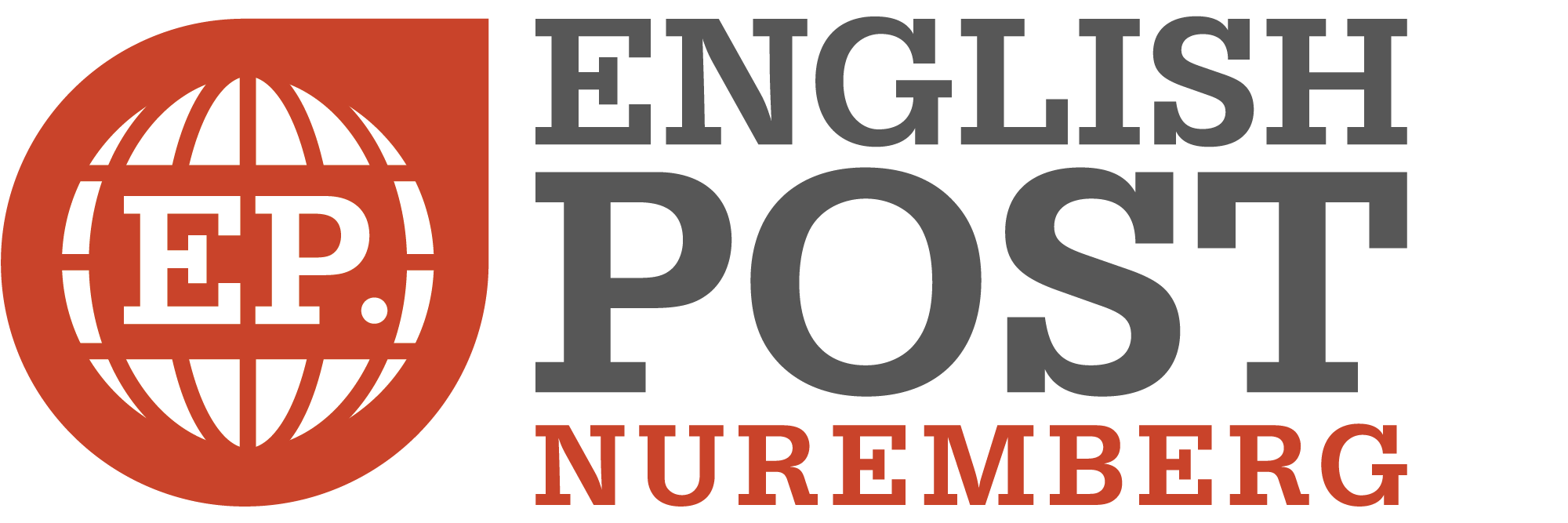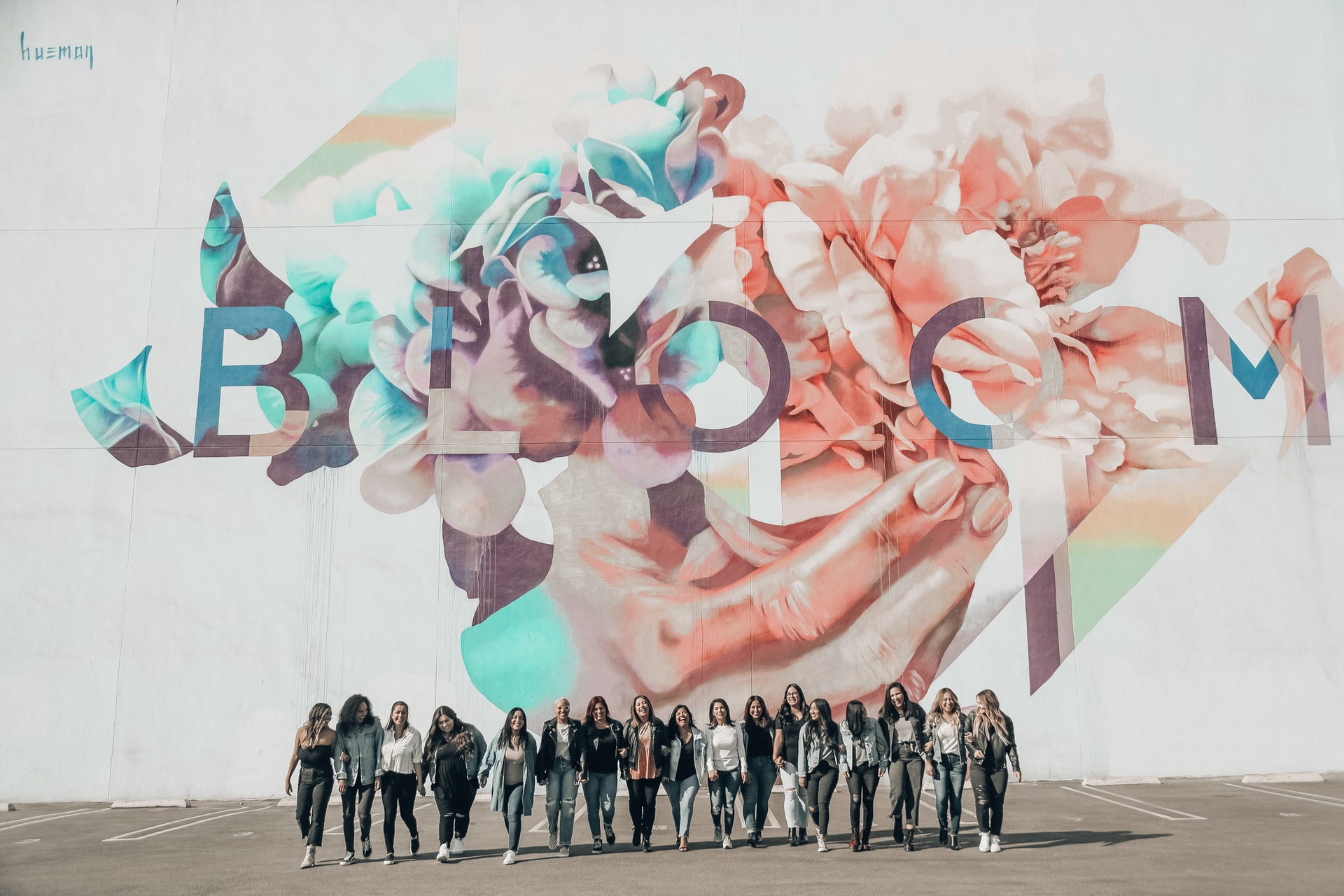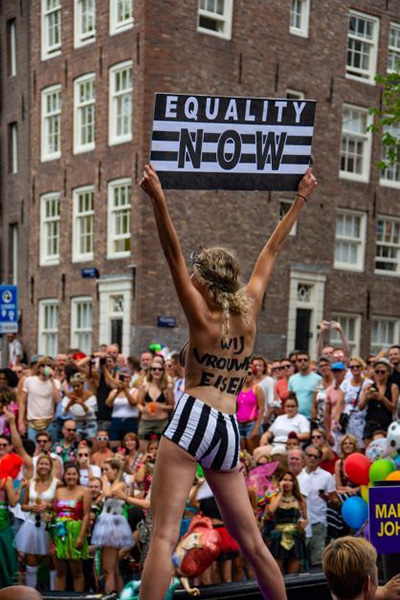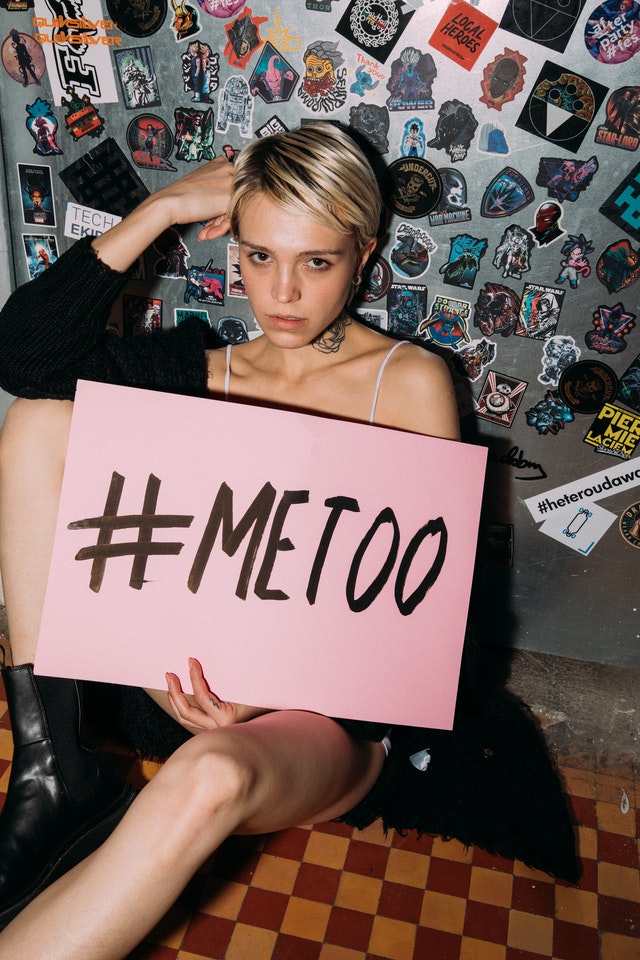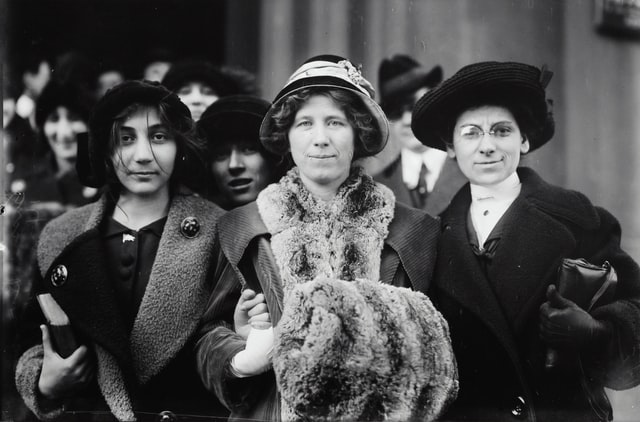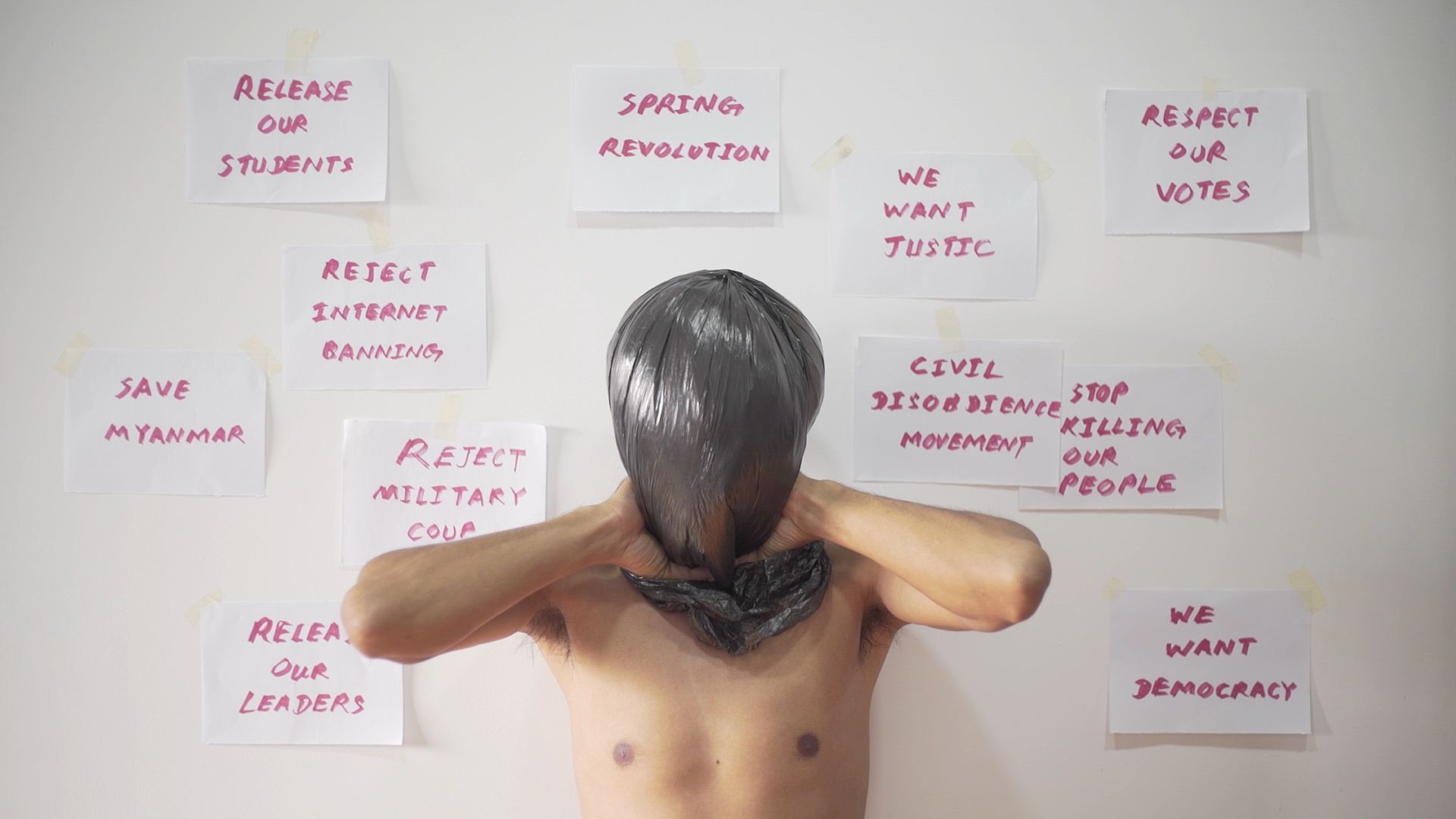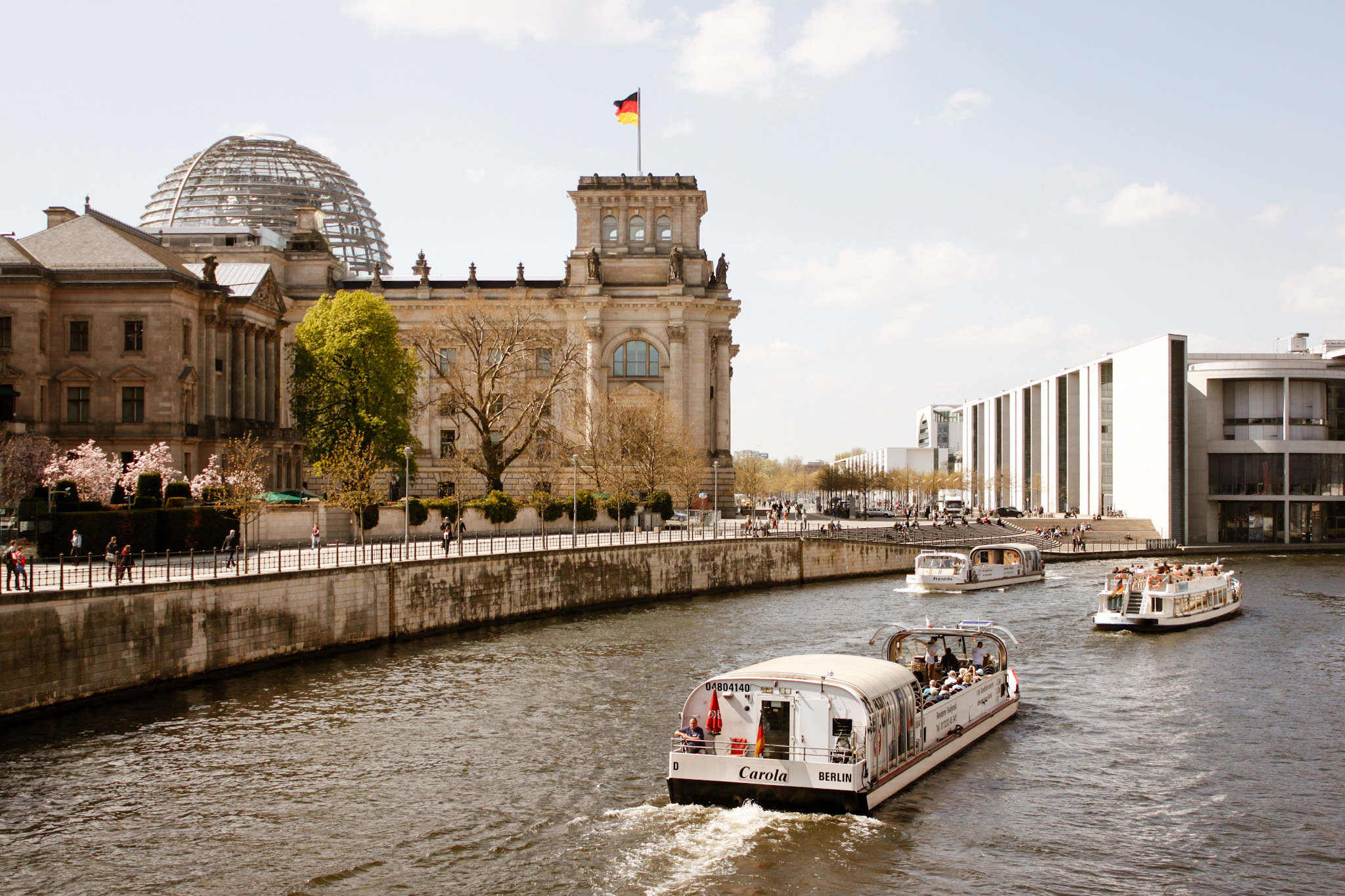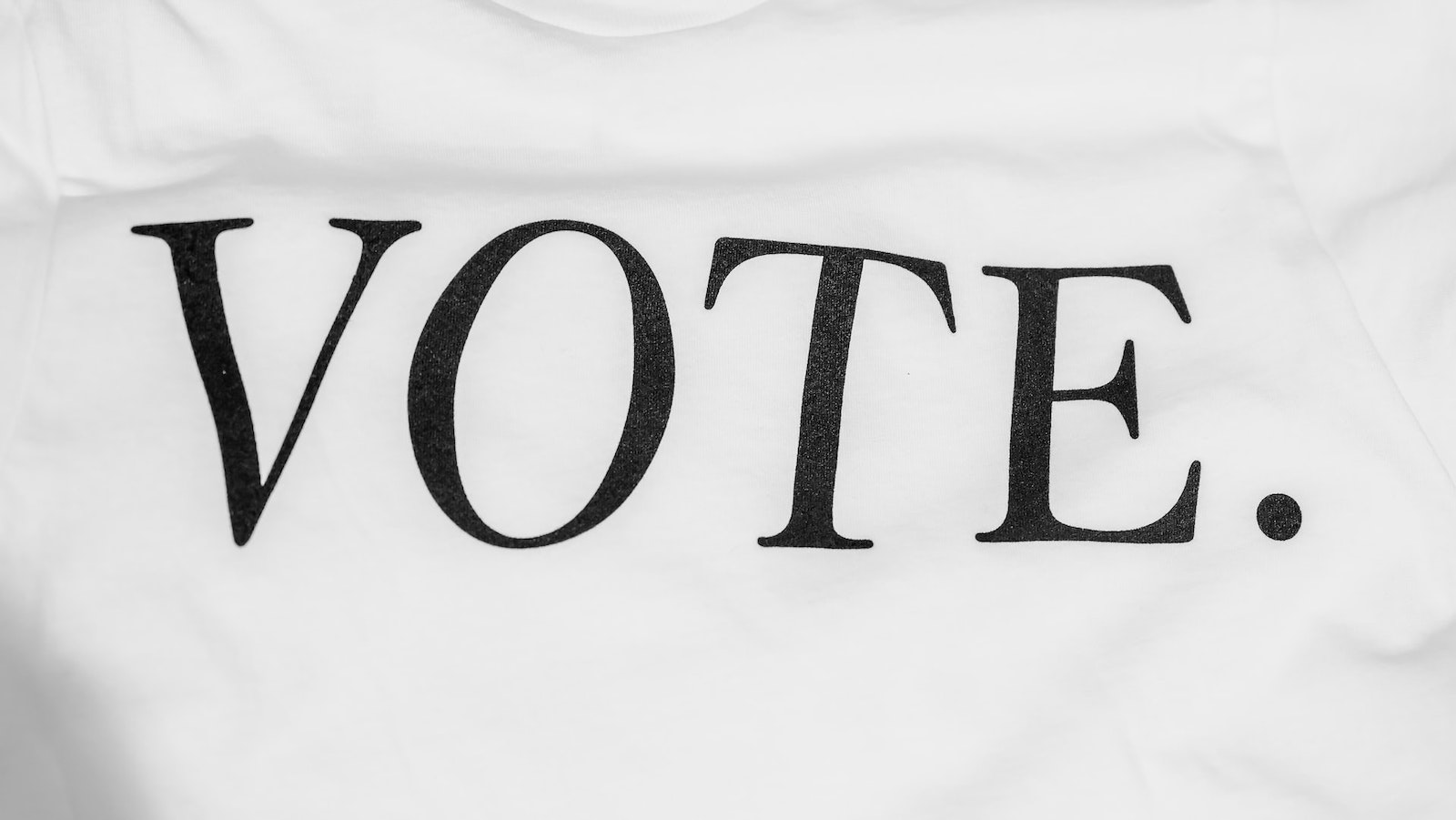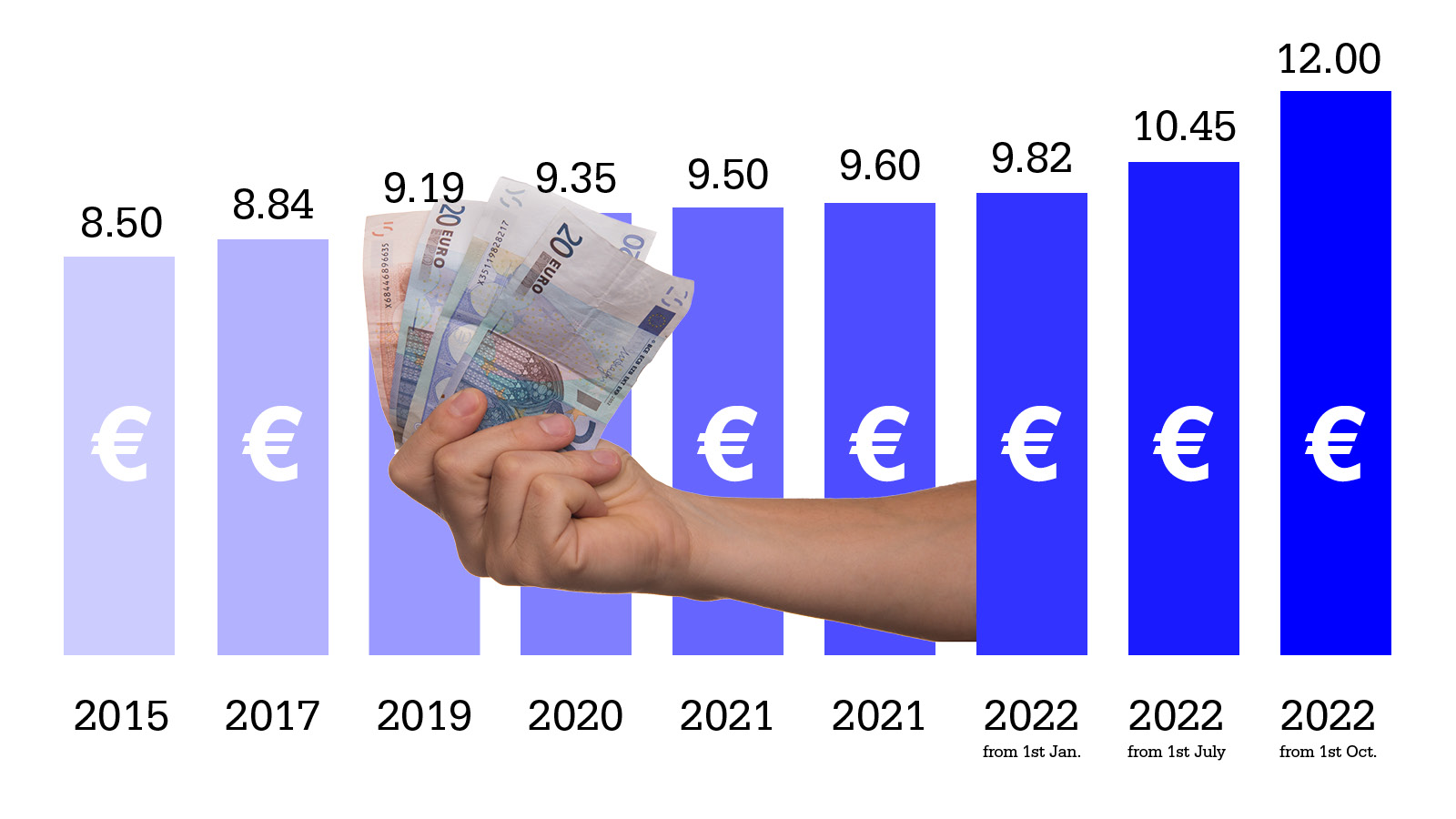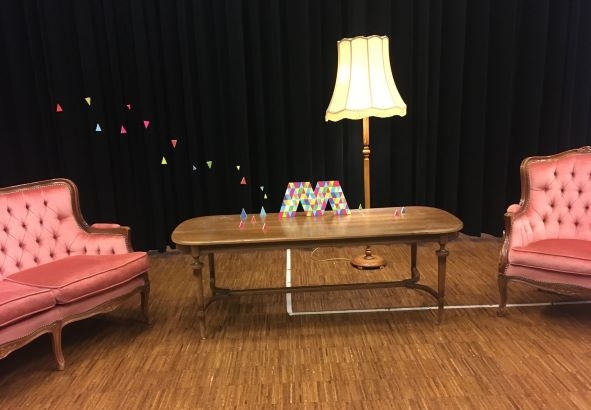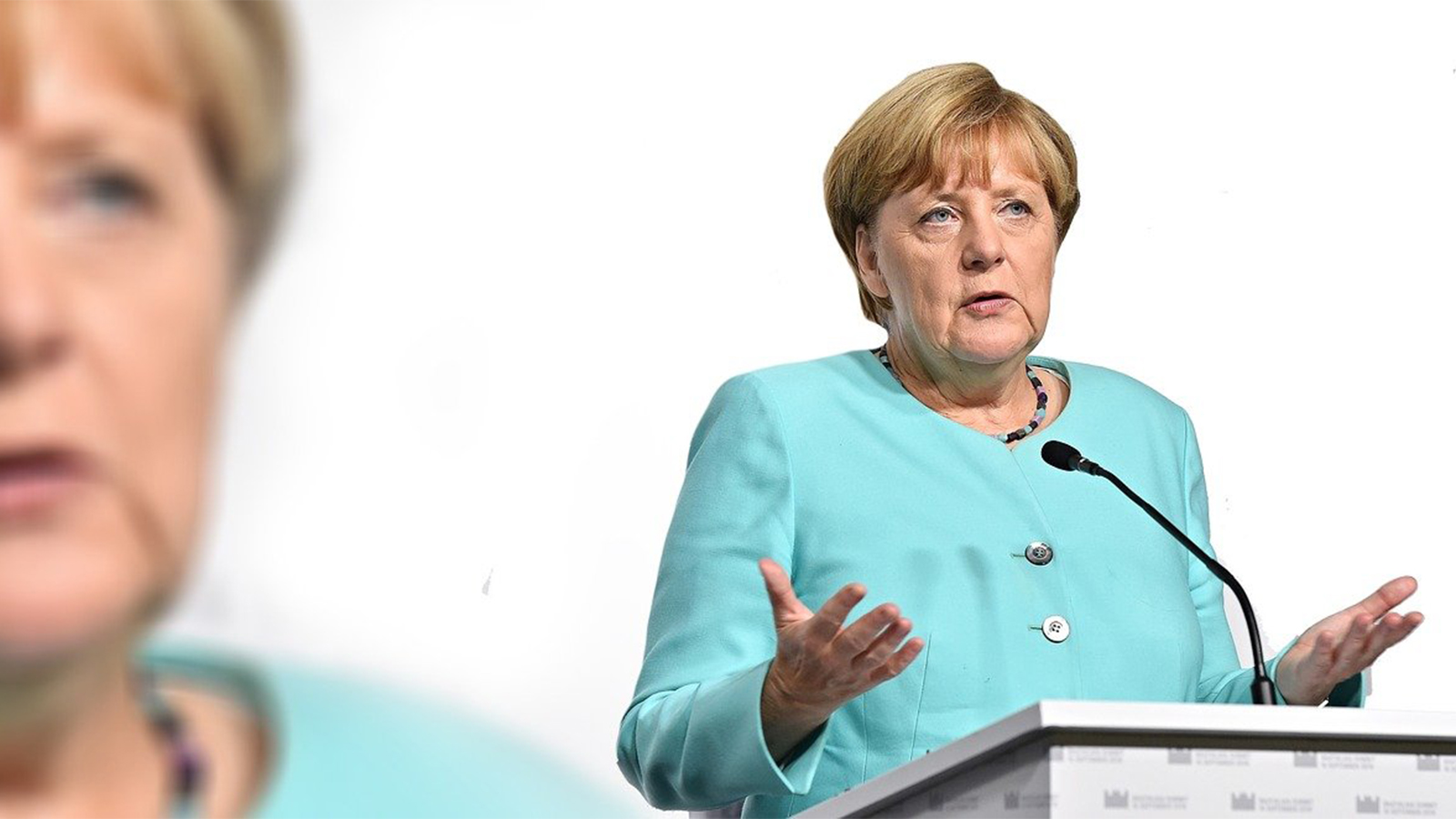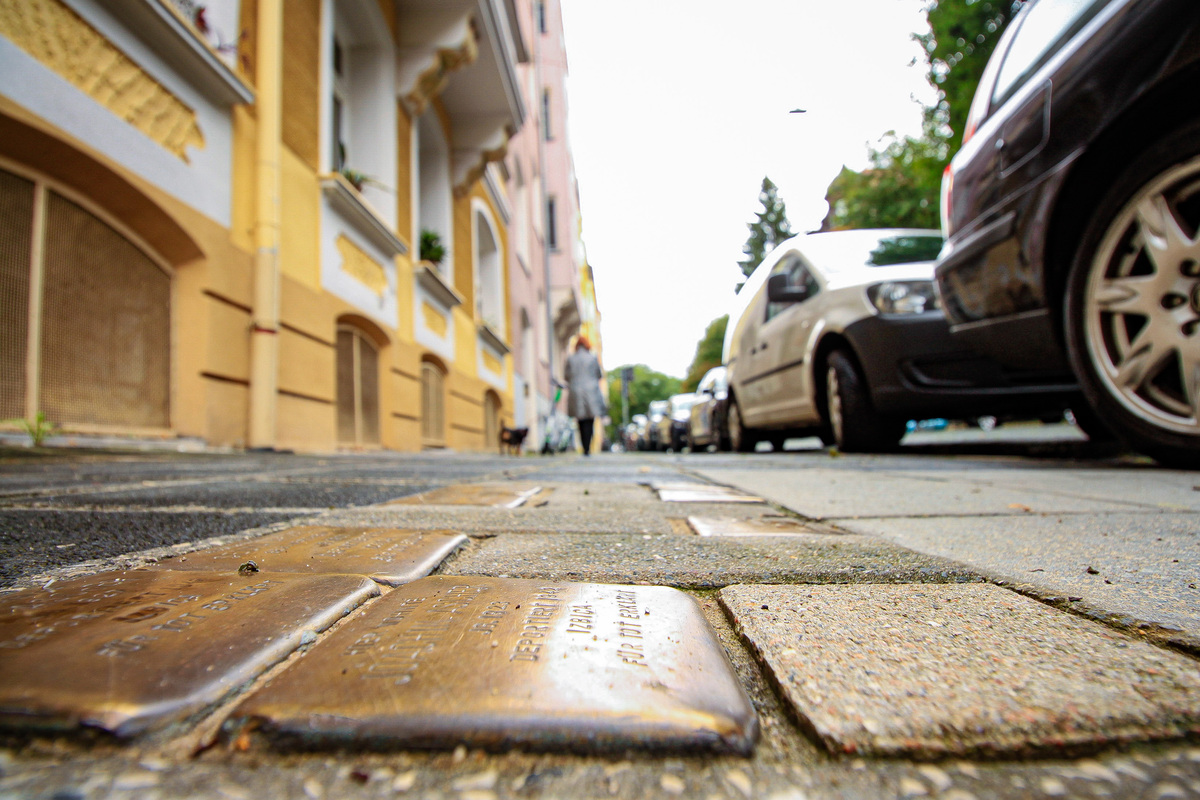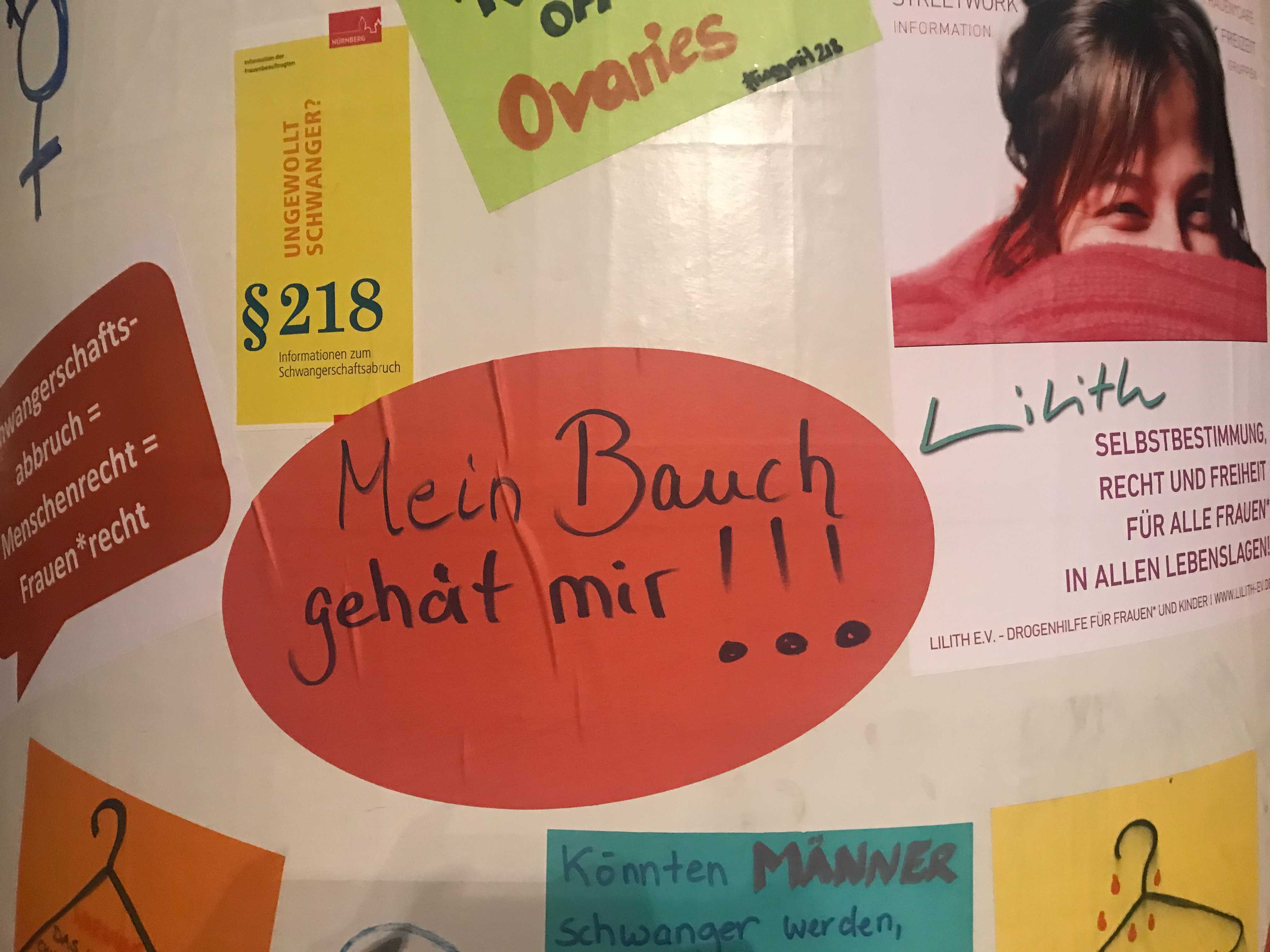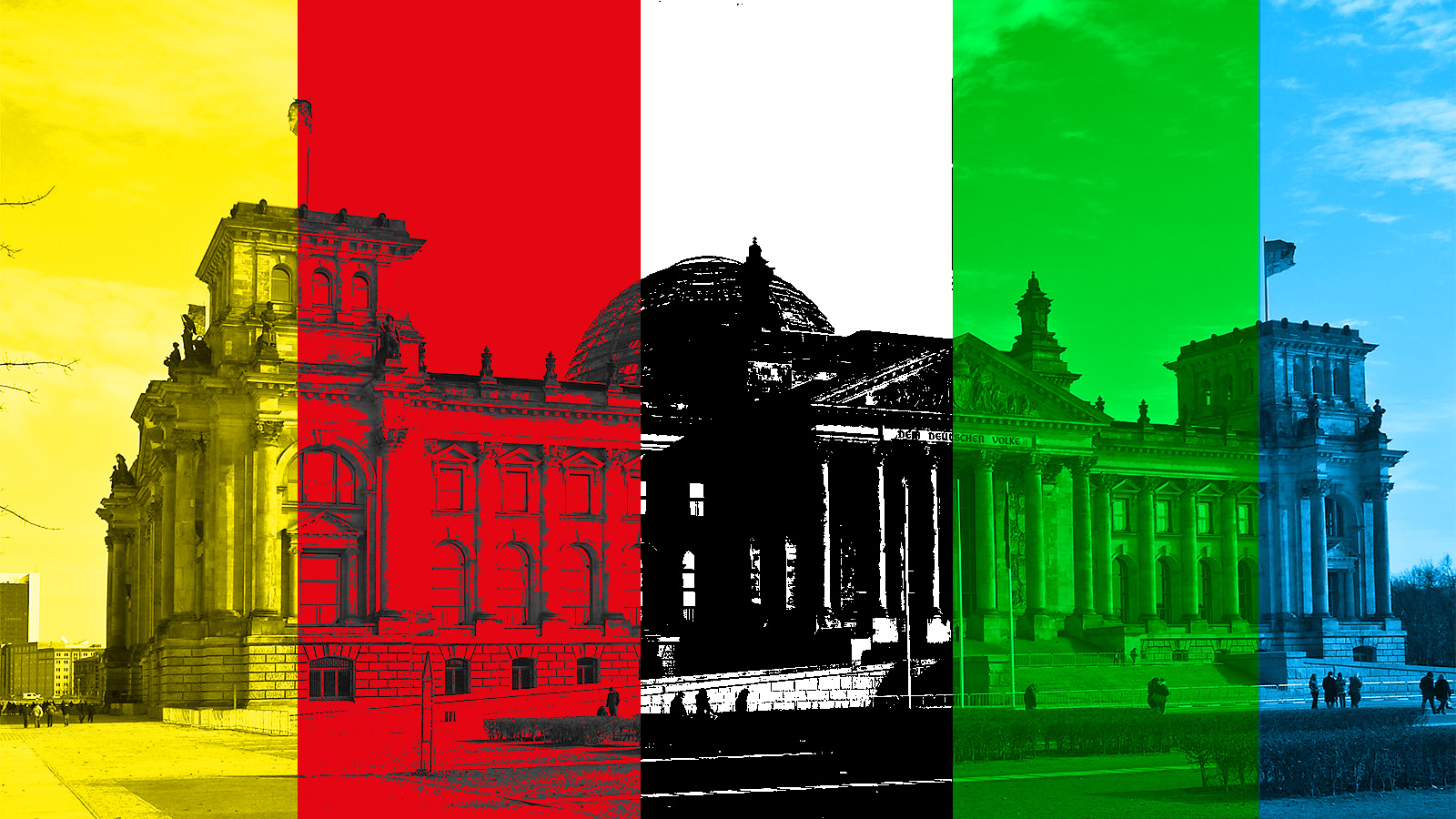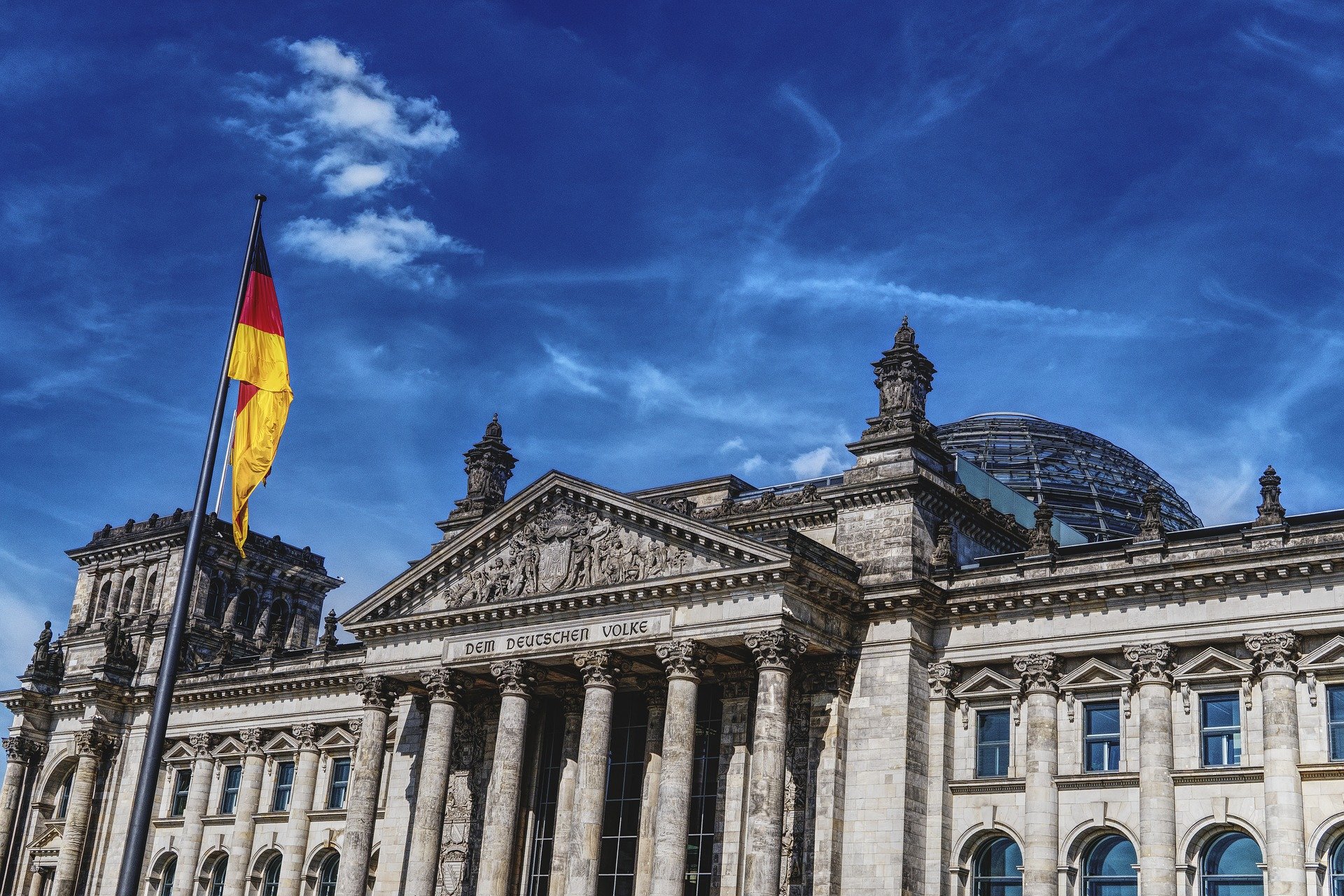International Women’s Day was introduced 111 years ago by Clara Zetkin, a German women’s rights activist and socialist, who was not only concerned with equal rights, but also with women’s right to vote. At the beginning of the 20th century, women didn’t have the right to vote in almost every country in the world and the position and rights of women were poor in other respects as well. Women’s Day first took place on 19th March 1911, before moving to 8th March a few years later. In light of this year’s International Women’s Day, I have looked at five reasons why celebrating this date is still necessary and more relevant than ever.
1) Women’s Exploitation and Suppression
Women are still being raped, abused, objectified, oppressed, and discriminated against. Women (especially young girls) all over the world still require more protection, yet are often given flowers on Women’s Day. Instead, we need to speak up for women of colour, demand gender and racial equality and equity. Did you see the viral outrage around the photo of the CEO lunch that took place at the Munich Security Conference on Twitter and in the media?
Eine kam zu spät, andere Frauen sagten ab. So kamen eingeladen von @GoldmanSachs nur Herren zusammen, darunter der @Der_BDI Chef, die CEO von @Lufthansa_DE @RheinmetallAG @axelspringer @ThePioneerDe https://t.co/cy8wQt5itB
— Michael Bröcker (@MichaelBroecker) February 21, 2022
On display was a large U-shaped table at which around 30 white, middle-aged men were sitting together for a business lunch—not a single woman was among them—a symbol of the still prevailing hierarchical and patriarchal structures that still exist in 2022. Globally, over 2.7 billion women are legally restricted from having the same choice of jobs as men. In 2021, there was a record of 41 women CEOs on the Fortune 500 list. Only 32% of parliamentarians in the world are female. But there are reasons for hope as women are rising into leadership roles, in politics as in other institutions all over the world.
2) The Gender Pay Gap and the Higher Poverty Risk of Women
Although women constitute half of the world’s population, the economic inequality and exploitation of women is still high. More than 70% of all women worldwide are at risk of poverty. Especially black and ethnic minority women suffer more from poverty and social exclusion than women of the native population and minority men regardless in which country they live. This is due to persistent discrimination in access to education, health care and employment. Women are mostly lower-paid, unpaid or undervalued in the world of work even though they are often better educated. Often in the same professions and positions, women are generally paid less than men. In Germany for example, women receive on average a 20% lower salary than men. The poverty risk of single mothers and older single women has increased continuously over the past 20 years. In Germany alone, the proportion of working-age women at risk of poverty is 33.3%, whereas the figure for men is 28.9% because 88% of single parents are mothers. A similar development can also be observed among pensioners. The proportion of poor women over 80 is almost ten percentage points higher than the proportion of their male peers. This makes it all too clear how lower pay, longer part-time work and interruptions in working life, affect women’s lives later on. The improvement in the economic situation of women and the closing of the gender gap in the world of work must be established as quickly as possible to achieve more equality between women and men. Campaigns like the “Equal Pay Day¹” or “Time’s Up, Pay Up²” to close the gap are well intended and have an important symbolic effect. However, they are only a drop in the ocean.
3) Double Burden on Women and Outdated Role Models
Women who believe they can do the same as men are still secretly ridiculed. A relatively large number of women therefore still choose to remain childless so as not to jeopardize their career advancement. And many other women only have a career because they outsource household chores and care to less privileged women. Unpaid labour carried out by women and girls is essential for a lot of households, sustaining many families and economies and often fills in for the lack of social services, but it goes uncounted and unrecognized. According to several studies, traditional role models of women are becoming more entrenched again. The pandemic has intensified this development and been particularly hard on women globally: as caregivers, in education, in retail, but also at home, because the multiple burdens of working from home, housework and childcare remain largely on women in hetero relationships. During the two-year prolonged pandemic crisis, the so-called ‘second shift³’ has turned into a ‘triple shift’ mainly at the expense of women. The additional burden of working from home while homeschooling has been particularly hard for women because they are expected to do the bulk of the housework and take care(4) of the family. Women are even more burned out now than they were two years ago due to the Covid-19 pandemic, and the gap in burnout between women and men has almost doubled. In figures, men in Germany perform an average of two hours and 46 minutes of unpaid labour per day, compared to women who do an average of four hours and 13 minutes per day.
4) Harassment and Violence Against Women
In many countries around the world, women are subjected to sexual violence and humiliation and are victims of femicide: killed and murdered simply for being women. Domestic violence is the leading cause of injury to women—more than car accidents, muggings, and rapes combined. One in three women worldwide experiences physical or sexual violence, mostly by an intimate partner. Also, sexual harassment and sexual assault or the fear of assault by men is part of everyday life for many women. In real life, sexism and sexual harassment happen offline just as much as they do happen online. However digital violence against women is far too often trivialized. For example, when it comes to some men sending women unsolicited ‘d*ck pics’—an appalling internet phenomenon, which after many campaigns, ‘cyber flashing’ is now being made illegal in many countries.
In the case of the Covid-19 pandemic, isolation, restricted movement and stay-at-home measures to contain the spread of the infection had fatal effects. Due to the strict regulations, the number of women and their children who have been subjected to domestic violence has increased dramatically and the figures are shocking. According to the data, “during COVID-19, 35.2% of pregnant women surveyed had experienced domestic violence, including 32.8% who had experienced emotional violence followed by sexual violence (12.4 %), and physical violence (4.8%)”(5).
5) Underrepresentation of Women in Parliaments, Politics and Public Life
The invisible. Women are globally under-represented in almost all important areas of cultural, media and political public life. They are still largely excluded from decision-making power. According to the latest UN Women calculation report conducted in 2020 “women serve as Heads of State or Government in only 22 countries, and 119 countries have never had a woman leader. (…) At the current rate, gender equality in the highest positions of power will not be reached for another 130 years”.
In the past 20 years, women comprised only 24% of the people we read about, see, or hear from on television, radio, and in the newspapers according to the Global Media Monitoring Project’s most recent report on gender inequality in the news from 2015. It’s not just that men dominate politics and the media industry, they also dominate cultural and creative industries. In the film, art and culture scene, there is still a gender gap, which is not only reflected in unequal pay. In the 93 years of the Oscars, only five women directors have been nominated and just two have ever been allowed to take the trophy home: Kathryn Bigelow (2010) and Chloe Zhao (2021). And it doesn’t look much better in the museums and art galleries. Here the so-called Gender-Show-Gap(6) phenomenon is widespread. The dominance of male artists among the current stars can also be a monetary measure — according to Daily Art magazine, there is currently not a single woman among the 10 most expensive living artists in the world. And only two works by women have ever broken into the top 100 auction sales, by name Georgia O’Keeffe and Louise Bourgeois. As shot in the dark: Does any one of you know the artistic work of Anicka Yi, Barbara Kruger, Bisa Butler, Isa Genzken, María Berrío, Vanessa Beecroft, Pipilotti Rist, Shirin Neshat, Tracey Emin or Wangechi Mutu? 10 out of approx. over thousands of contemporary female artists who are constantly breaking ground with their work and have attracted international recognition and attention for it. And who, in contrast to their far more famous colleagues, like e.g. Cindy Sherman, Marina Abramović and Yayoi Kusama, have unfortunately not yet made it into any top 10 list of best-selling artists, which are published annually by prestigious art and business magazines.
Looking Back, Looking Forward
Nevertheless, International Women’s Day should be a day of celebration. So I want to draw a positive conclusion. Therefore, I have put together a short timeline of my personal top 10 greatest moments in women’s history, because I want to use this time to reflect on how far we have already come; how many great women have changed so much in so little time but also to reflect on how little has been achieved in the last 111 years and how much still needs to be, and can be done.
My Personal 10 Historical Milestones in Women’s History
1791: Olympe de Gouges, born as Marie Gouze, wrote her famous Declaration of the Rights of Woman addressed to Queen Marie Antoinette. In this pamphlet, de Gouges provided a declaration of the rights of women to parallel the one for men and demanded gender equality.
1878: The First International Congress of Women’s Rights convened in Paris was held. For the first time, women were visible and were taken seriously as an influential group.
1903: Marie Curie was awarded half of the Nobel Prize for Physics shared with her husband. In 1911 she received a second Nobel Prize, this time in Chemistry, in recognition of her work in radioactivity.
1911: The first International Women’s Day took place on 19th March in Austria, Germany, Denmark, Switzerland, and the US. The demand was for women to have the right to vote and stand for election.
1922: The year that International Women’s Day was celebrated uniformly in different countries all over the world for the first time on 8th March.
1952: The Convention on the Political Rights of Women was approved by the United Nations. 27 years later on 18th December 1979, the Convention on the Elimination of All Forms of Discrimination against Women was adopted by the United Nations General Assembly.
1995: 189 Member States of the United Nations (UN) came to Beijing for the Fourth World Conference on Women (4WCW) to ratify the Beijing Platform for Action (BPfA), which was to become the blueprint for women’s equality around the world. The official protocol states that “women’s rights are human rights”.
2005: Angela Merkel became Germany’s first female chancellor. This was the beginning of her 16-year reign, which earned her much acclaim, admiration and praise worldwide.
2008: FEMEN, an international women’s movement and purportedly feminist protest group of female activists was founded by a group of Kyiv university students. Topless activism became their trademark in 2010 during the Ukrainian presidential election when five activists stripped to protest against the election of Victor Yanukovych. And in 2013 they caused a minor diplomatic stir by accusing the Russian President Vladimir Putin of being a dictator.
2017: The hashtag #MeToo went viral after actress Alyssa Milano issued a call to activism against sexual harassment and violence on Twitter, which evolved into a global movement. Originally, back in 2006, the civil rights activist Tarana Burke began using the phrase “me too” to reach women of colour who survived sexual violence.
Are We in Need of a Female Revolution 2.0?
In view of current events and developments worldwide, one has to conclude that much remains to be done. If things continue at the current pace, it will probably take another 202 years until men and women are equal in almost all areas. So the big question remains, how can we change the situation? From a purely auditory point of view, the solution seems relatively simple. Besides strengthening women’s rights, introducing quotas for women to weaken so-called men-only clubs and the old boys’ networks in culture, politics and economy, there is an urgent need for more acceptance, dignification, protection and visibility of women to rewrite the history and scared the old culture and mechanisms of gender inequality.
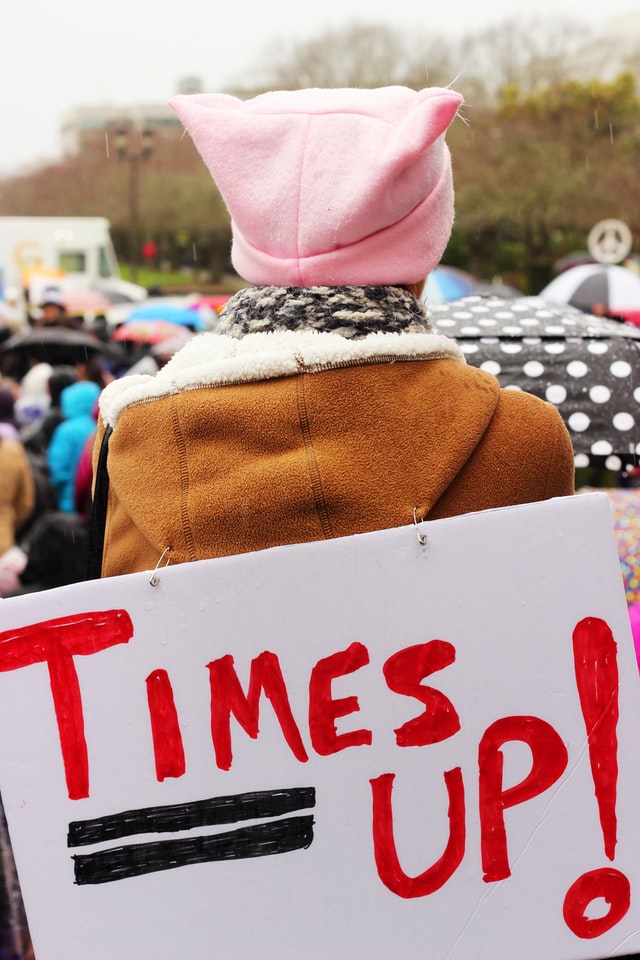
Times Up!
Photo by Photo by Elyssa Fahndrich on Unsplash
This may come as a surprise to hear: The future we need is diverse, equal, female, genderfluid and nonbinary at the same time. Considering this year’s International Women’s Day UN theme “gender equality today for a sustainable tomorrow” there should only be one slogan on 8th March 2022 on the protest posters: Time’s Up! We don’t want flowers. We want a world without gender stereotypes and gender separation.
- Equal Pay Day marks the day when women symbolically stop getting paid compared to their male colleagues for the same job. This year, the European Equal Pay Day fell on 7 March 2022.
- Time’s Up, Pay Up is an awareness campaign to bring attention to the pervasive gender pay gap. Created and established by the TIME’S UP Foundation a charitable and non-profit organization formed in 2018 as part of the #Metoo movement.
- The term “second shift” – usually describes the reality of life for women who work on the one hand and take care of children and the household on the other.
- Since the early 1970s, “mental load” has been used as a term for mental stress and symptoms in connection with stress and its effects on health in various occupations. effects on health in various areas of work have been discussed in various areas of gainful employment. The term ‘mental load’ is nowadays also used for the stresses caused by organising “everyday tasks” in the family.
- The data comes from the report “Violence against women and children during” – https://www.cgdev.org/sites/default/files/vawc-fourth-roundup.pdf.
- Gender Show Gap is a term used in the art scene to raise awareness about the lack of female representation in the art world.
This article is written in British English
Sources:
- https://www.blick.ch/life/wissen/menschen/die-wichtigsten-fragen-zum-internationalen-frauentag-am-8-maerz-was-feiern-wir-eigentlich-und-warum-id6326160.html
- https://www.bmfsfj.de/bmfsfj/aktuelles/alle-meldungen/fast-ein-viertel-der-ueber-80-jaehrigen-in-deutschland-leidet-unter-altersarmut-190066
- https://www.cgdev.org/sites/default/files/vawc-fourth-roundup.pdf
- https://freelandsfoundation.co.uk/documents/Representation-of-female-artists-research-2019.pdf
- https://www.mckinsey.com/featured-insights/diversity-and-inclusion/women-in-the-workplace
- https://statusofwomendata.org/women-of-color/spotlight-on-women-of-color-poverty-opportunity-data
- https://www.widewalls.ch/magazine/10-women-in-contemporary-art
- https://www.unwomen.org/en/what-we-do/economic-empowerment/facts-and-figures
- https://www.zonta-bochum.de/node/13968
